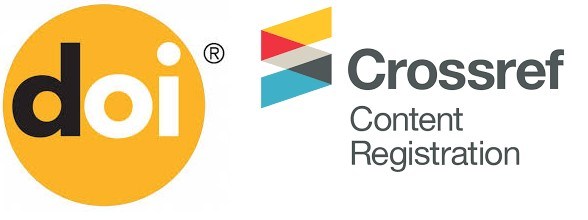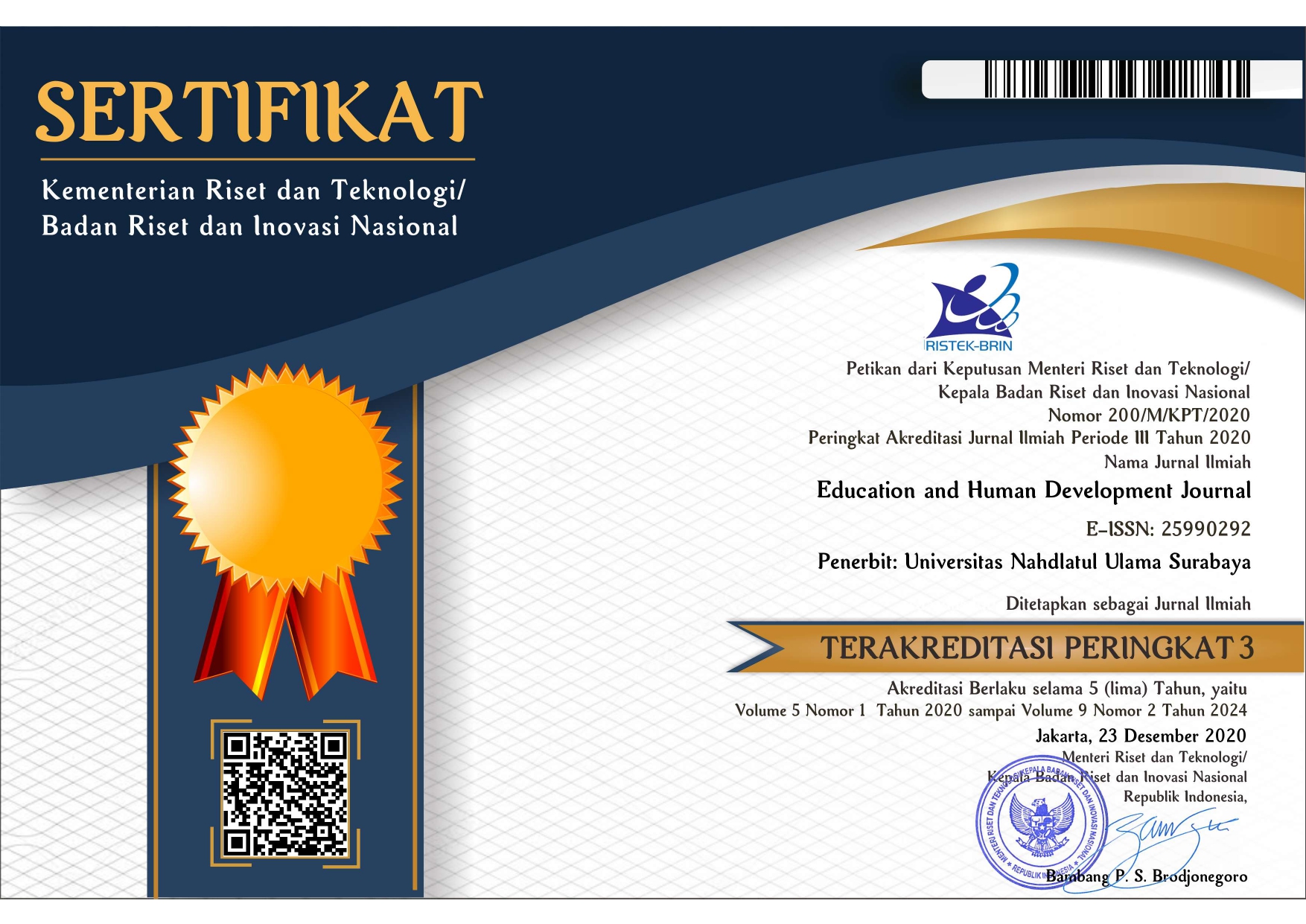FRAMING PEACE: AN IDEOLOGICAL DISCOURSE ANALYSIS OF OBAMA’S SPEECH IN CAIRO
DOI:
https://doi.org/10.33086/ehdj.v2i2.1382Keywords:
speech, ideology structure, discourse structure, ideological discourse analysis, ideological strategiesAbstract
Language is not always neutrally utilized by a politician. It is framed to persuade people to think and act in line with the intention of the orator or the ideology of the group he represents. This study dealt with ideological discourse analysis of Obama speech in Cairo. It focused on the cognitive processes showing the link of the ideology structure and discourse structures. This study was (1) to identify the underpinning ideology of the speech, (2) how the ideology structure link with
the discourse structures employed, covering (a) how the ideology was expressed at global meaning level and at local meaning level, (b) how propositional structures were employed as ideology controlled strategy, (c) how sentence syntax was employed as ideology –controlled strategy, (d) how discourse forms or genres were employed as an ideology-controlled strategy, and (e) how styles were employed as persuasive ideology-controlled strategy in his efforts to frame peace. The framework of the research was Critical Discourse Analysis in general and Ideological Discourse Analysis in particular. So Ideological Discourse Analysis in this study was employed as Theory and Method. The data were the text of Obama’s speech in Cairo 2009. The data in the form of quotes were analyzed, and interpreted by employing Critical Discourse Analysis (Fairclough, 1995) to uncover the underpinning ideology of the speech, and Ideological Discourse Analysis to show the link of the ideology structure and the discourse structures employed in the speech. The results were in the form of the description of the cognitive processes showing how the underpinning ideology was expressed at different levels of discourse structures for the purpose of framing peace.
Downloads
References
Fairclough, N. & Wodak. 1997. Critical Discourse Analysis. In T.A. van Dijk (Ed.), Discourse as social interaction (pp. 258–284). London, England: Sage Publications.
Fiske, J. 1994. Media matters: Everyday culture and political change. Minneapolis: University of Minnesota Press.
Johnson-Laird. 1983. Mental Models: Towards a Cognitive Science of Language, Inference, and Consciousness. Cambridge: Cambridge University Press.
van Dijk. 1984. Prejudice in Discourse: An Analysis of Ethnic Prejudice Cognition and Conversation. Amsterdam: Benjamins.
van Dijk. 1995. Discourse Analysis as Ideology Analysis in Wenden.
van Dijk. 1995. Discourse Semantics and Ideology. London: Sage Publication.
van Dijk. 2000. Ideological Discourse Analysis. Rettriev March 15,2013, from http://www.discourses.org/OldArticles/Ideological%20discourse%20analysis.pdf
van Oostendorp & Goldman. 1999. The Construction of Mental Representations: Lawrence Erlbaum Associates, Incorporated.
Yule, G. 1996. Pragmatics. Oxford: Oxford University Press.
Downloads
Published
How to Cite
Issue
Section
License
Copyright (c) 2017 Semino Semino, Edi Pujo Basuki

This work is licensed under a Creative Commons Attribution-ShareAlike 4.0 International License.






.png)








